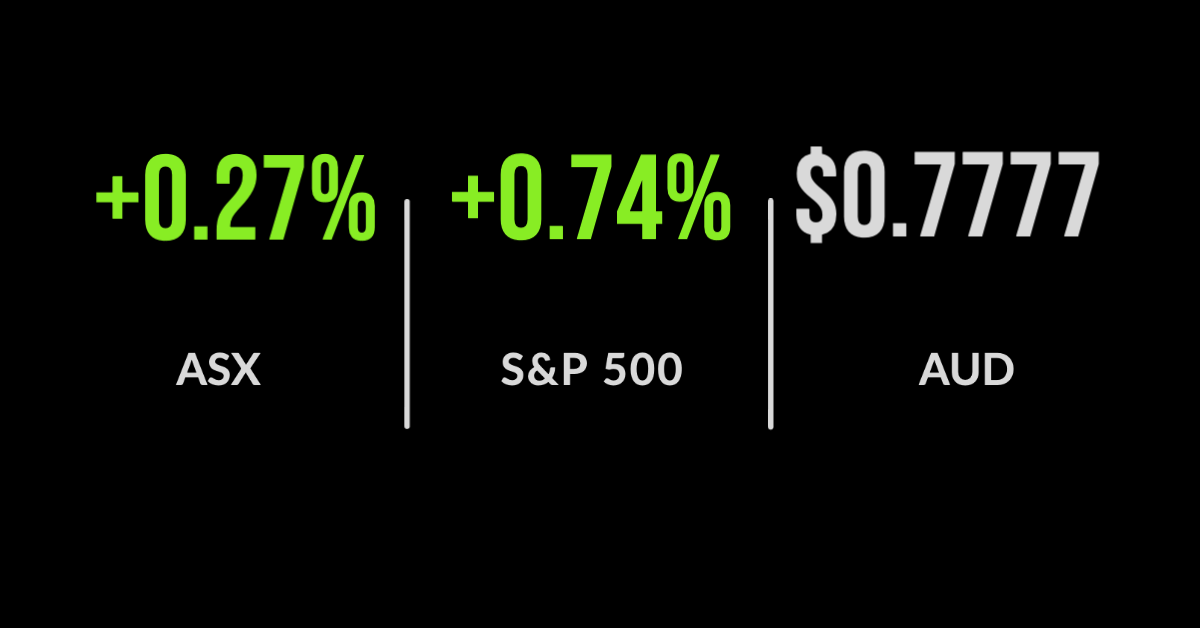ASX adds 0.3% as banks and miners rise
Another positive week, tech continues disappearing act, Macquarie delivers record profit
The ASX200 (ASX:XJO) managed to deliver another positive week, adding 0.3% on Friday and 0.8% for the week.
The news of the week was the Chinese Government ceasing high level discussions with Australian officials, but at the same time, their demand sends the iron ore price to a record above US$200 per tonne for the first time ever.
Naturally, BHP Group (ASX:BHP) was a beneficiary with the sector adding 3.9% over the five days.
The IT sell off has continued, placing massive pressure on Australia’s smaller ‘tech darlings’, overall, the sector fell 10.5% for the week and officially entered a correction.
The pain was widespread with Appen (ASX:APX) down 21.5%, Nearmap (ASX:NEA) -19.3%, Afterpay -18.9%, Altium -15.0% and Nuix -13.3% in just a few days. The trigger was more competition and weaker than expected growth updates.
Macquarie Group (ASX:MQG) delivered a record full-year profit hitting $3.02 billion, a 10% increase, boosted by a 3.6% rise in revenue.
The key contributor was an $800 million windfall from their commodities and trading division with their hedging book seeing huge demand amid the volatility.
Management announced a commitment to be net zero carbon by 2040 and tripled their dividend to $3.35 per share.
Double record, jobs data disappoints, yields fall, gold benefits
Both the Dow Jones and S&P500 finished the week at record highs, adding 0.7% each on Friday taking the weekly gains to 2.7% and 1.2% respectively.
The most important news was a far weaker than expected number of jobs gained during the month, 266,000 versus 1 million expected, which immediately sent bond yields lower.
As we have seen recently, weaker economic data tends to push back expectations that the Federal Reserve will increase interest rates, thereby supporting ever higher market valuations.
The Nasdaq was a key beneficiary, adding 0.9% as stay-at-home winners like Amazon and Apple rallied to finish the week.
However, the tech sector ultimately finished 1.5% lower over the five days as slowing growth rates add to concerns.
Gold bullion has been a beneficiary of lower rates given the risk-free alternative offers little in the way of income, with the price over USD$1,800 and AUD$2,300 respectively.
Digitalisation winner Dropbox (NASDAQ:DBX) was the biggest report, suggesting revenue had increased 12% to US$511 million, ahead of guidance, and projecting further growth in the final quarter.
Banking sector in rude health, China ramping up the pressure, much needed reality check for tech shares
This week saw three of the Big Four Banks report half-year profit numbers, with a strong recovery across the board.
Doomsday predictions from 2020 which resulted in massive impairments on their loan books are being unwound and in most cases, the banks have retained this capital to secure their balance sheets. At the same time, they are hoarding capital by not returning dividends to previous levels.
Whilst the headlines are positive, not much has changed, they remain squarely deposit and lending institutions lacking any true innovation and facing the same competition as before.
As media attention turns away from the pandemic, it returns to Australia’s evolving relationship with China which took another backward step this week.
Politics by media never seems to improve relations and whilst the expectation that China will always be reliant on Australian iron ore, investors should be wary of betting too heavily on the status quo outcome.
This is particularly relevant as Western pressure increases on the security of Taiwan and its leading semi-conductor technology amid a global shortage.
Australian smaller companies have been among the best performing asset classes in the world, in many cases trading at valuations far exceeding even those of Nasdaq-listed companies in the US.
Australian investors starved of growth opportunities and with a home bias have flooded the sector, but this week offered a stark reminder of the cost of disappointment.
There is a long list of widely owned ‘tech’ companies that fell over 10% for many reasons, whether due to an increase in competition, weaker than expected revenue, or slowing earnings growth.







